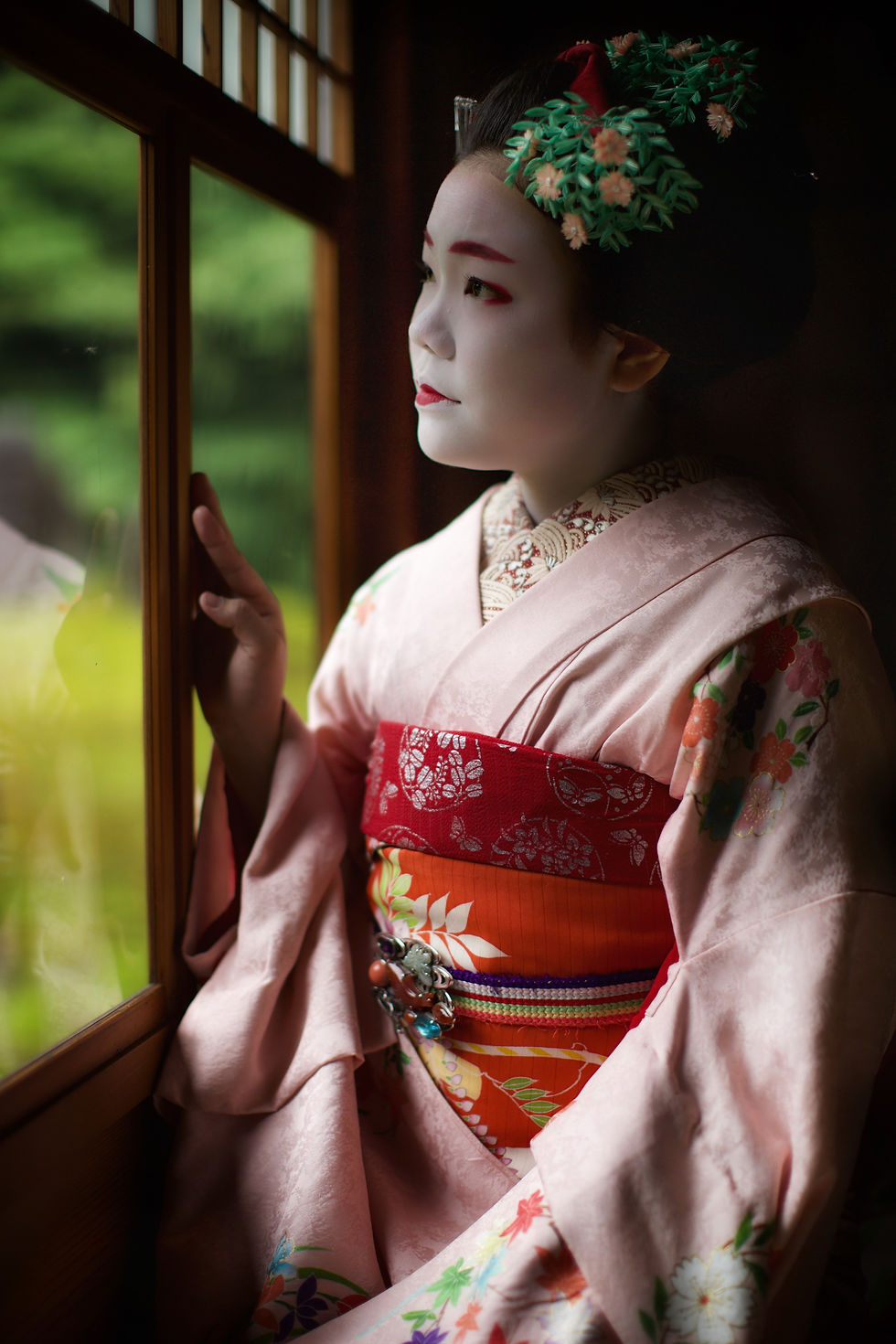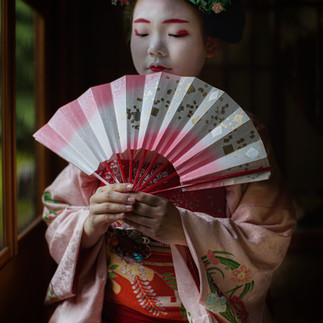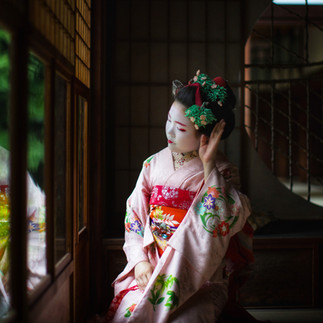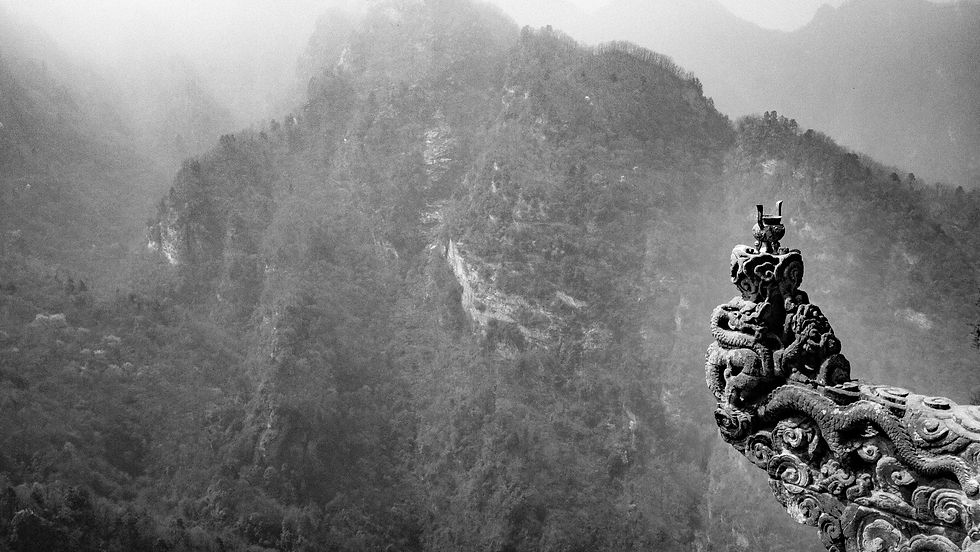Tsuyu 梅雨 ばいう
- Robin Yong

- Jun 11, 2023
- 3 min read
Updated: Jan 14, 2024

The East Asian rainy season (Chinese and Japanese: 梅雨; pinyin: méiyǔ; rōmaji: tsuyu/baiu; Korean: 장마; romaja: jangma), also called the plum rain, is caused by precipitation along a persistent stationary front known as the Meiyu front for nearly two months during the late spring and early summer in East Asia between mainland China, Taiwan, Korea, Japan, Northern Vietnam, the Philippines, and the Russian Far East. The wet season ends during the summer when the subtropical ridge becomes strong enough to push this front north of the region. These weather systems can produce heavy rainfall and flooding.
In China, the term "plum rain" was used for the rain in the fourth and fifth lunar month. It specifically refers to the historical belief that, when the plums turn yellow and fall at the south of the Yangtze in the fourth and fifth months, the moisture that evaporates from the plant turns into rain.
The term appears in the following poem by Du Fu (fl. 8th century) of the Tang dynasty:
梅雨 南京犀浦道,四月熟黃梅。 湛湛長江去,冥冥細雨來。 茅茨疏易溼,雲霧密難開。 竟日蛟龍喜,盤渦與岸迴。
Plum rain On the Xipu road from the Southern Capital [present-day Chengdu], the fourth month ripens the yellow p[r]unus. The long river goes off surging, and, darkening, a fine rain comes. Roof-thatch, loosely bound, is easily soaked, clouds and fog are dense and will not lift. All day long the dragons delight, whirlpools turning with the bank.


Japan later adapted and transliterated the Chinese term "plum rain" to call the rainy season tsuyu (梅雨).

In Japan, the rainy season called tsuyu (梅雨) lasts from early June to mid-July in most of the country (Honshu, Kyushu and Shikoku), approximately June 7 to July 20 in the Kansai and Kantō regions in Honshū. Tsuyu is also known as Samidare (五月雨, literally "the fifth-month rain (in the Japanese traditional calendar)", roughly corresponding to June in the modern calendar).

This period is considered low season for tourists. Everyone was thinking I was a bit crazy to come to Kyoto during the hot summer period with all this rain, but of course I have planned this trip for a long time now. I wanted to see Japan all year round and in every season. There are few tourists to disturb us when we are doing our geisha photo shoots. Most tourists these times are replaced by local high school students on excursions who are usually well-behaved and leave us alone.
The rains can last quite awhile and this may mean less outdoor activities but we are glad to have some quiet temples allowing us to spend some quiet moments watching the rainfall from within their zen compounds.

On this occasion, I meet up with the very lovely TomiFuku. Originally from Okinawa, TomiFuku is fast becoming one of Kyoto's most popular maikos due to her very positive outlook in life. The willow leaves kanzashi on her hair and the clemantine flowers on her kimono indicate that the month is June. Look how beautiful TomiFuku has become!


I told many people this one is one of my top models from day 1, it is a joy watching her grow up, watching her becoming more beautiful each day…She's a second year maiko now, so she's almost got the full painted lips and her kazanshi are all of a shorter version from now on...
























Comments